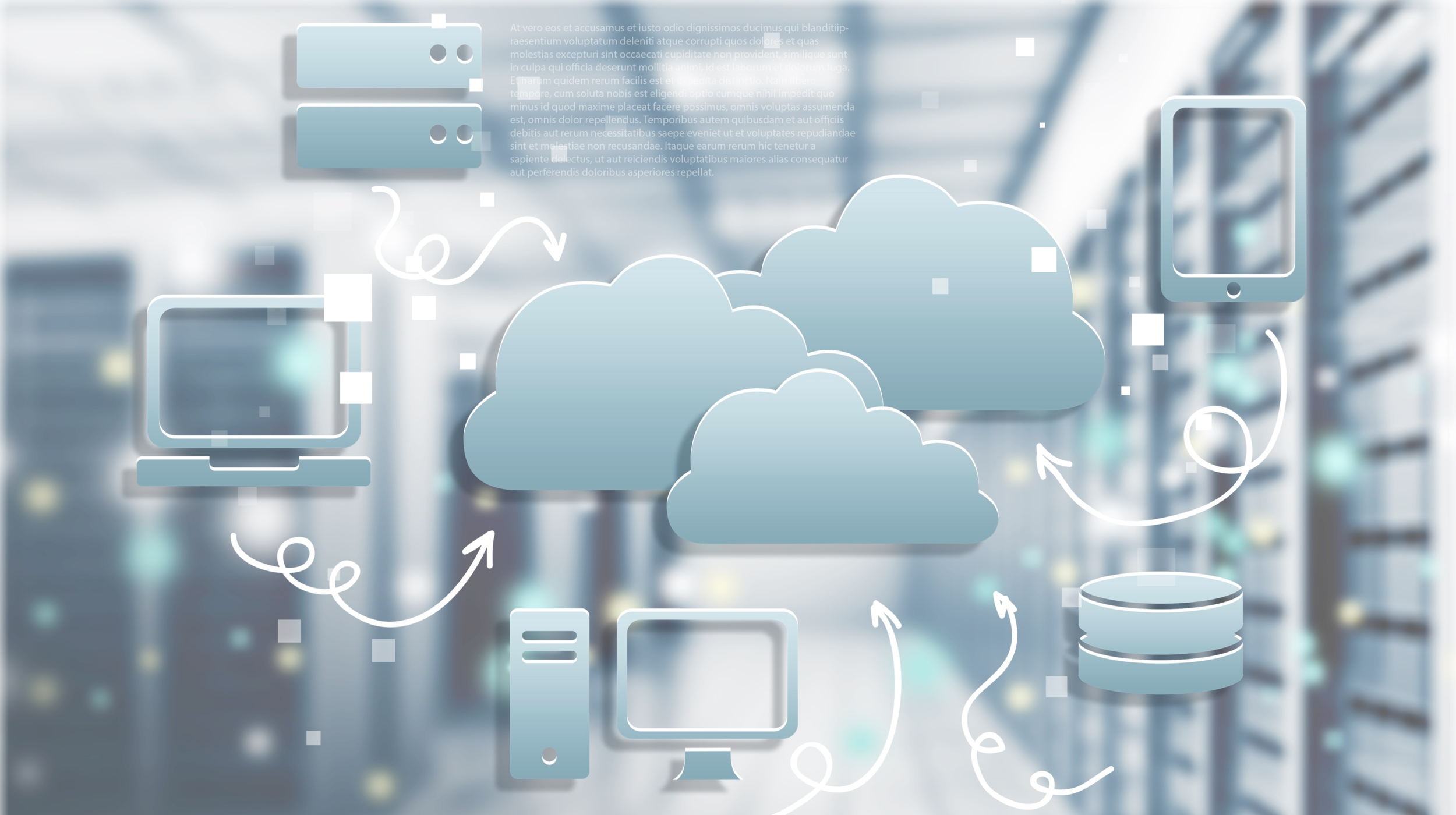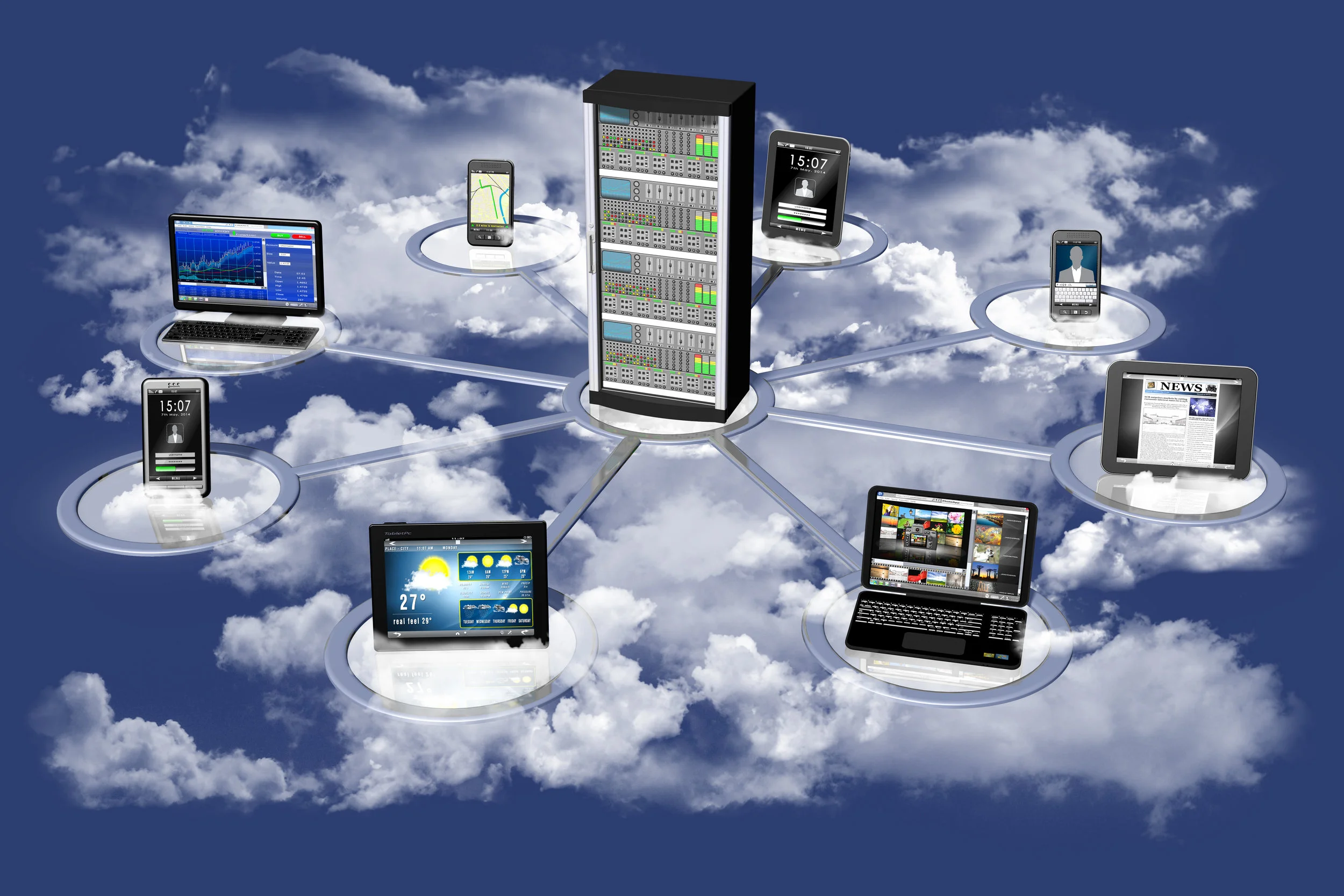With the devastating fires in California this month, every business has to prepare for the worst. Those that don’t may never fully recover from a disaster. But not all disasters are created equal. And not all businesses are at risk for every kind of disaster. That’s why we’ve put together this quick Disaster Survival reference guide to help you ensure that your business can keep operating even if a natural disaster strikes.
BUILDING FIRE OR FLOODING
Description: Fires or floods within an office or building can range from small incidents of short duration to the complete destruction of the facility.
Potential impact: Even a relatively small fire/flooding incident can have a very disruptive impact on a business. For example, a small fire in an office on an upper floor can result in the complete flooding of computers and telephone systems in the offices below as the building’s sprinkler systems kick in and firefighters seek to extinguish the blaze. Similarly, even a relatively limited amount of water leaking from a broken pipe or valve can put some or all of a business’s technology infrastructure out of commission. A large fire, of course, can force a business to have to relocate all of its operations temporarily or permanently.
Risk factors: There are approximately 100,000 commercial building fires in the U.S. per year, according to the National Fire Protection Association. Those at highest risk include manufacturing facilities, as well as offices located above or in proximity to restaurants because cooking is a primary cause of non-residential structure fires, just as it is in homes.
Warning times: Water damage from failed plumbing, sprinkler systems, etc. can short-circuit electronic equipment with zero warning. However, building alarm systems typically give employees a few minutes to shut down critical systems and evacuate the premises.
A large fire, of course, can force a business to have to relocate all of its operations temporarily or permanently.
Technology Continuity:
As noted above, the severity and length of business disruptions caused by fires and flooding can vary considerably.
To be prepared for extended or permanent facility damage, businesses should:
• Maintain continuous off-site backup of data, applications, and server images.
• Have arrangements in place for re-routing incoming calls to an alternative site and/or to employees’ mobile phones.
• Prepare an emergency posting for the company website that can be activated immediately and progressively as the consequences of the event unfold.
Prepare an emergency posting for the company website that can be activated immediately and progressively as the consequences of the event unfold.
People Continuity:
Because building fires and flooding only affect individual structures (or, at worst, just a few adjoining ones as well), businesses impacted have a lot of options for keeping people productive. Business Continuity plans should include:
• Arrangements in advance with a nearby shared/furnished office space provider, hotel, college, or other facility for an immediate/temporary operations command center.
• Next-day workspace provisioning in another company facility, emergency failover “cold site,” or at home personal desktops/laptops with appropriate call forwarding.
• Internal communications for keeping employees updated on resource availability, recovery status, etc. • Any necessary third-party contracting for shipping/receiving, mail processing, duplicating, etc.
Process Continuity:
Again, because building fires and flooding are highly localized, they typically only disrupt processes that touch a single company location. Business continuity plans therefore need to provide for alternative locations and means to perform actions such as:
• Answering phones
• Processing orders
• Issuing invoices
• Signing checks
• Filing reports required by regulatory mandates
Businesses may also seek policy provisions that address work done from home or other locations while the facility is under repair (and/or a new location is secured) as well as business losses that may occur despite best–effort BC planning and execution.
Insurance Considerations:
A properly insured business should have a policy that covers the expenses above, in addition to the physical damage directly caused by the fire or flood. Businesses may also seek policy provisions that address work done from home or other locations while the facility is under repair (and/or a new location is secured) as well as business losses that may occur despite best-effort BC planning and execution





